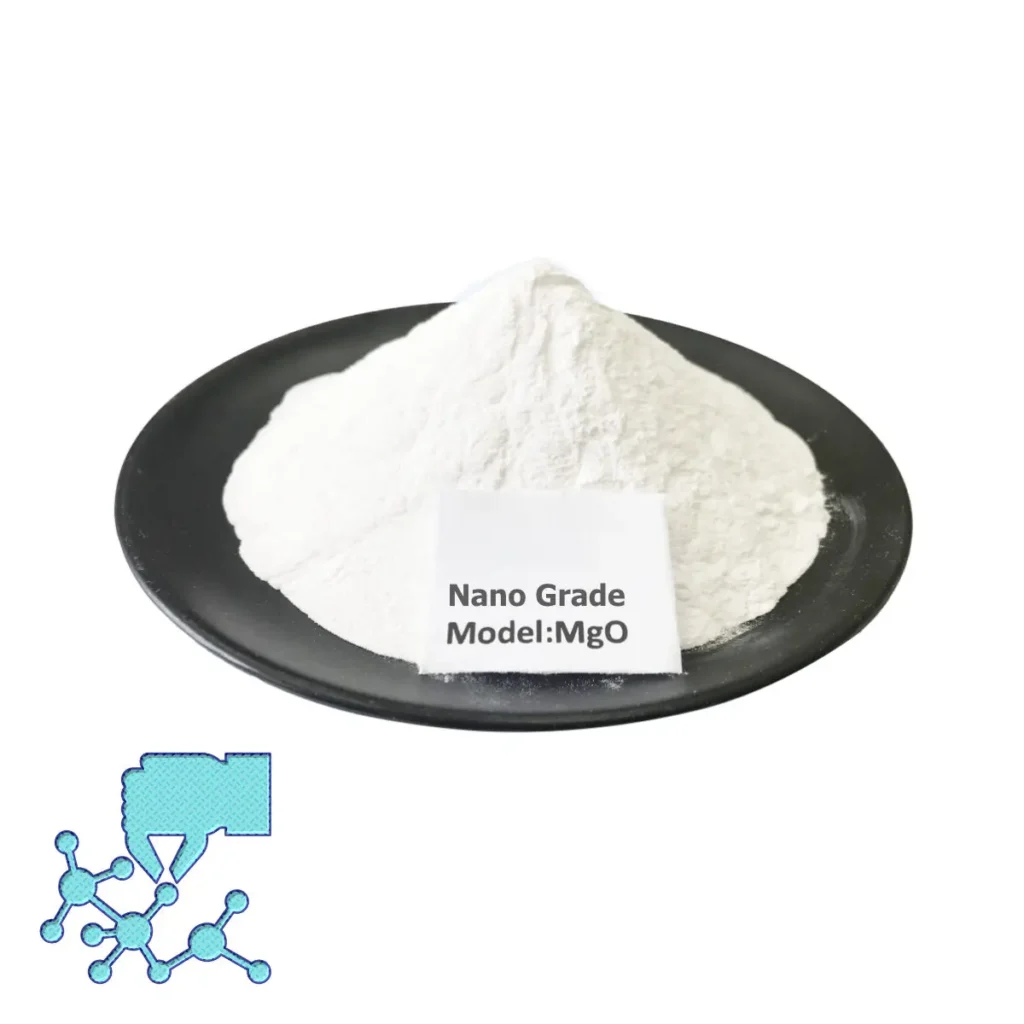Hebei Messi Biology Co., Ltd. states that magnesium oxide has antibacterial behavior. Use nanomagnesium oxide particles to treat Escherichia coli and Staphylococcus aureus growing on culture media. The particle size is about 8nm. Magnesium oxide has the best antibacterial effect on two kinds of bacteria. After one hour of treatment, less than 20% of the bacteria on the magnesium oxide culture medium are still alive. After four hours of treatment, less than 0.1% of the bacteria in the large intestine are still alive. Escherichia and 5% of Staphylococcus aureus survived. In contrast, when magnesium oxide with a particle size of 23 nm was used, the numbers of E. coli and Staphylococcus aureus were reduced by only 35% and 40%, respectively, indicating that its antibacterial properties are closely related to its particle size.
Effect of magnesium oxide particle size on its antimicrobial effect. It determines the antibacterial effect of magnesium oxide of different particle sizes on Bacillus subtilis strains. Antibacterial magnesium oxide is prepared with the following matrix: Mg(NO3)2·6H2O, Na2CO3, Na2SO4, urea and ammonia. When the magnesium oxide particle size is reduced from 69nm to 26nm, the bactericidal effect increases from 93% to 97%. The study found that the amount of Mg2+ on the surface of magnesium oxide with smaller particle diameters increased significantly. It was also found that nano-magnesium oxide antibacterial agents were more effective than nano-TiO2, regardless of whether there was light or no light.
Magnesium oxide is synthesized using a wet chemical reaction method. The synthesized nanoparticles are spherical nanoparticles with good dispersion and an average size of 16nm. SEM and TEM images reflect the formation process of spherical nano-magnesium oxide. XRD characterization shows that the surface of nano-magnesium oxide particles has a cubic center structure. Experiments have found that the magnesium oxide synthesized by this method can be used as a material with antibacterial properties. Its antibacterial properties indicate that the prepared nanoparticles have good application prospects in sewage treatment.
The interaction between magnesium oxide and bacteria, Escherichia coli and Staphylococcus aureus shows that the oxide has destructive properties on these bacteria, and the mechanism of action of magnesium oxide on bacteria deserves attention. Chemiluminescence analysis shows that it is possible that the magnesium oxide suspension produces a high concentration of active O2- ions with oxidizing properties. In an acidic environment, a hydroperoxyl group (HO2), O2, which plays an important role in biological reactions is formed. And HO2 is in equilibrium in the aqueous solution through O2+H2O↔HO2+OH. This reactive oxidant molecule binds to bacteria and reacts with the peptide chains within their walls, causing cell damage and death.
The antibacterial activity of Ag-MgO nanocomposites formed by loading small-scale silver nanoparticles on the surface of magnesium oxide nanoparticles against Escherichia coli was tested. XRD and XPS analysis confirmed that the interfacial interaction between silver and magnesium oxide effectively inhibited the release of silver ions in the nanocomposite. Antibacterial tests show that the synergistic effect between silver and magnesium oxide in the Ag-MgO nanocomposite has better antibacterial activity against E. coli than pure magnesium oxide and Ag nanoparticles alone.

